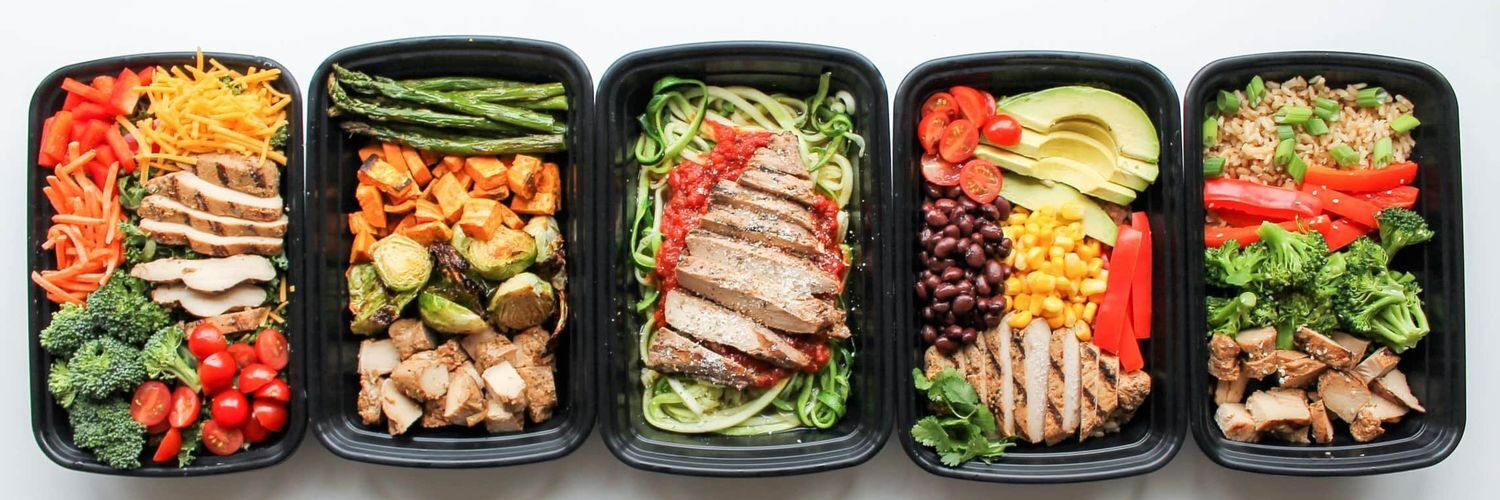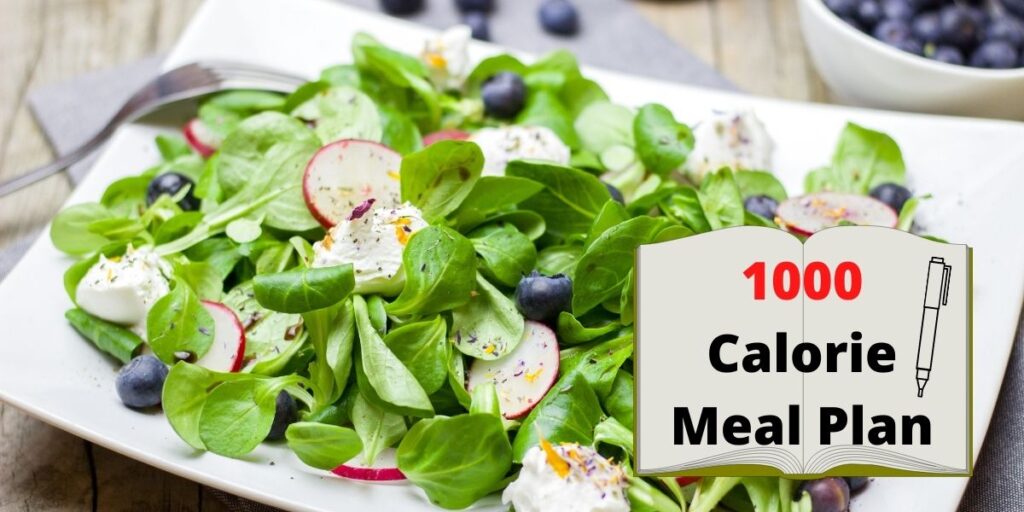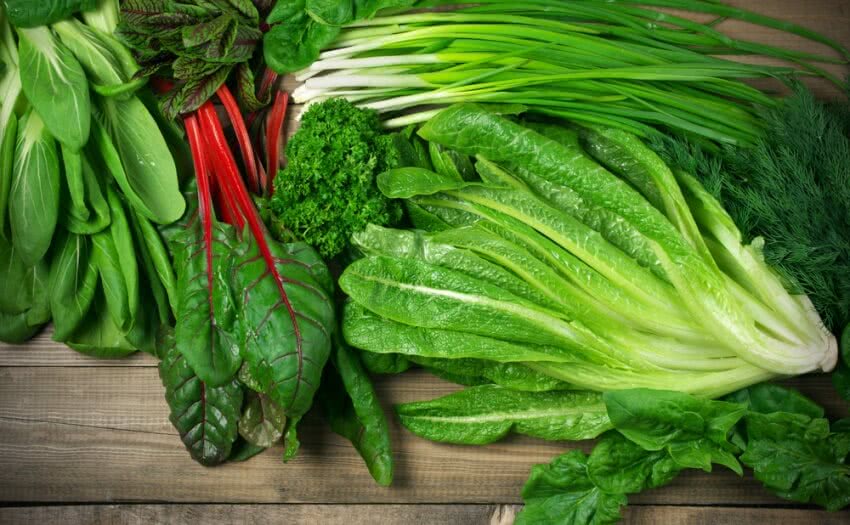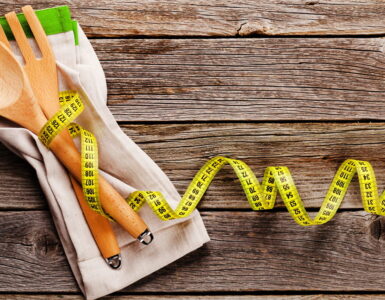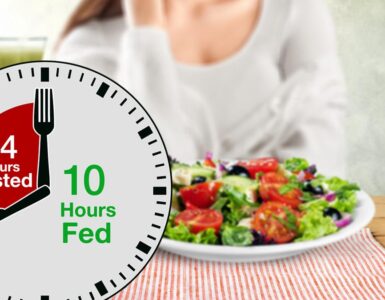Page Contents
1000-Calorie Meal Plan For Weight Loss
If you’re looking to lose weight, a 1000 calorie meal plan can help. This low-calorie diet is effective for weight loss, but it’s important to understand the pros and cons before starting.
The basics of a 1000 calorie meal plan are simple. You’ll need to eat fewer calories than you burn in a day. This calorie deficit will help you lose weight.
The Basics Of A 1000-Calorie Meal Plan
A 1,000 calorie meal plan is a low-calorie diet that can help you lose weight. This diet requires you to eat fewer calories than you burn in a day.
To create a 1000 calorie meal plan, start by determining how many calories you need to eat in a day. Then, create meals and snacks that fill you up without going over your calorie limit.
We advise you to read the article “How to burn 1 000 calories a day?”.
What To Eat And What To Avoid
On a 1000 calorie meal plan, you’ll need to eat foods that are high in nutrients and low in calories. Focus on eating plenty of fruits, vegetables, lean protein, and whole grains. Avoid processed foods, sugary drinks, and high-fat foods.
There are no foods that are off-limits on a 1000 calorie diet. However, it’s important to choose nutrient-rich foods that will fill you up and help you reach your daily calorie goals.
Good options for a 1000 calorie diet include:
- Fruits and vegetables: aim for at least 4 servings of fruits and vegetables per day. Fill up on low-calorie options like leafy greens, berries, and carrots.
- Whole grains: choose whole grain breads, pastas, and cereals. These foods are higher in fiber, which can help you feel full.
- Lean proteins: include lean meats, poultry, fish, tofu, and beans in your diet. These foods will help you meet your protein needs while staying within your calorie goals.
- Healthy fats: select healthy fats like olive oil, avocados, and nuts. These foods can help you reach your fat goals while keeping your calorie intake in check.
When creating your 1000 calorie meal plan, be sure to include a variety of foods from each food group. This will help you get the nutrients you need while staying within your calorie budget.
In addition to choosing healthy foods, it’s also important to avoid unhealthy options. Foods that are high in calories, fat, and sugar should be limited on a 1,000 calorie meal diet. These include:
- processed foods: cookies, cakes, chips, and other packaged goods
- sugary drinks: soda, juice, and sports drinks
- fatty meats: bacon, sausage, and ribs
- butter and other high-fat dairy products: cream, cheese, and whole milk
- fried foods: french fries, chicken fingers, and mozzarella sticks
A 1,000 calorie meal diet can be difficult to follow long-term. If you’re considering this diet, talk to your doctor or a registered dietitian first. They can help you create a plan that’s right for you.
You will be interested in the article — Dr Now diet.
1000-Calorie Diet Meal Plan
There are several benefits of a 1000-calorie meal plan. This diet is relatively balanced, quite affordable, and can be effective at weight loss.
A 1000-calorie diet is a low calorie diet that can help you lose weight. This diet requires you to eat fewer than 1000 calories per day. To make this diet sustainable, it’s important to choose nutrient-rich foods that will fill you up and help you reach your daily calorie goals.
On a 1000-calorie diet, you’ll need to eat 3 meals and 2 snacks each day. Each meal should be about 300 calories, and each snack should be around 100 calories.
Here’s an example of what a typical day might look like on a 1,000 calorie meal diet.
Diet Plan 1 (1005 CALORIES)
Breakfast
Apple Oatmeal
- 1/2 cup water (0)
- 3/4 cup skimmed milk (68)
- 2 oz. (1/3 cup) oatmeal (rolled oats) (93)
- 1/2 an apple (grated) (47)
- 1/4 tsp cinnamon (0)
Bring the water, oats, and half the milk to the boil. Continue to boil whilst stirring (for 5 minutes), and add grated apple. Add further milk to cool.
Snack
- 22 almonds (168)
Lunch
Scrambled Egg on Toast
- 1 large egg (72)
- 1 tbsp fat-free milk (11)
- 1 slice whole wheat bread (70)
- 1/2 oz. low-fat shredded cheddar cheese (25)
Beat egg with the milk and scramble in a non-stick pan or microwave, Toast the bread, top with scrambled eggs and cheese.
Dinner
- 1/2 avocado, sliced (161)
- 3 oz. cooked chicken breast, chopped (142)
- 2 cups shredded lettuce (10)
- 6 cherry tomatoes (30)
- 1/2 cup sliced red pepper (12)
- 1 thinly sliced red onion (48)
- 2 tbsp low-fat Italian dressing (48)
Diet Plan 2 (1000 CALORIES)
Breakfast
- 1 whole wheat English muffin (120)
- 1 pat butter (36)
- 1 cup of fruit (74)
- 1 tea or coffee (0)
- 8 ounces of water (0)
Lunch
- 1 large tossed salad with 2 tbsp dressing (100)
- 1/2 cup of tuna w/.5 oz. lite mayo (135)
- 1 serving (15 pieces) low-fat wheat thin crackers (130)
- 12 ounces of diet soft drink (0)
Snack
- 1 cup of sliced fruit (74)
Dinner
- 1 small tossed salad (with 2 tbsp of dressing) (61)
- 4 ounces of grilled skinless chicken breast (189)
- 1 cup of green beans (44)
- 1 pat butter (36)
- 12 ounces of water (0)
Diet Plan 3 (1009 CALORIES)
Breakfast
Banana Smoothie
- 1/2 cup [8 oz.] plain, low-fat yogurt (77)
- 1 tsp honey (16)
- 1/2 banana (50)
- 1 cup fresh/frozen berries (97)
- 1 tbsp flaxseeds (55)
- 1/2 cup water (0)
Blend together.
Snack
- 2 cups popcorn (air popped) (62)
Lunch
Tuna Salad
- 1 chopped apple, chopped (94)
- 3 oz. water packed tuna, drained (99)
- 2 celery sticks, sliced (0)
- 2 cups lettuce leaves (10)
- 1 tbsp low-fat mayonnaise (45)
- 1/4 cup plain low-fat yogurt (36)
- 4 walnut halves, chopped (53)
Mix salad ingredients and top with walnuts
Dinner
Hamburger
- 4 oz. very lean ground beef (149)
- 1 tbsp ketchup (15)
- 1 small grated carrot (21)
- 1/2 finely chopped onion (24)
- 1 egg (72)
- 2 cups lettuce, shredded (10)
- 1/2 cup cucumber, sliced (8)
- 1 tomato, sliced (16)
Mix the ground beef, grated carrot, egg, onion and ketchup together and form into patty. Dry-fry or bbq, and serve with salad.
To make sure you’re getting the nutrients you need but consuming low calorie food, be sure to include a variety of foods from each food group in your diet. This will help you reach your nutrient goals while staying within your calorie budget.
Benefits Of A 1000-Calorie Meal Plan
A 1000-calorie diet is relatively balanced. This diet includes a variety of healthy foods from each food group low in calories. While you’ll need to limit your intake of high-calorie, processed, and sugary foods, you’ll still be able to enjoy a wide range of nutrient-rich options.
This diet is also quite affordable. Foods like fruits, vegetables, and whole grains are typically very affordable. And, because you’ll be eating fewer meals each day, you may find that you’re spending less on food overall.
Lastly, a 1000-calorie diet can be effective at weight loss. If you stick to your daily calorie goals and make healthy food choices, you may see results on the scale. Plus, this diet can help you develop healthy eating habits that you can continue long-term.
Effective At Weight Loss
A 1000-calorie diet can be effective at weight loss. If you stick to your daily calorie goals and make healthy food choices, you may see results on the scale. Plus, this diet can help you develop healthy eating habits that you can continue long-term.
To lose weight, you’ll need to create a calorie deficit. This means you’ll need to burn more calories than you consume each day. On a 1000-calorie diet, you can create a calorie deficit by eating fewer calories and exercising more.
If you want to lose weight on a 1000 calorie diet plan, be sure to:
- Track your calorie intake. Use a food journal or app to track the number of calories you’re eating each day.
- Make healthy food choices. Fill up on nutrient-rich foods like fruits, vegetables, and whole grains.
- Exercise regularly. Incorporate cardio and strength-training into your routine to help boost your calorie burn.
Relatively Balanced
A 1000-calorie diet is relatively balanced. This diet includes a variety of healthy foods from each food group. While you’ll need to limit your intake of high-calorie, processed, and sugary foods, you’ll still be able to enjoy a wide range of nutrient-rich options.
To make sure you’re getting the nutrients you need, be sure to include a variety of foods from each food group in your diet. This will help you reach your nutrient goals while staying within your calorie budget.
Quite Affordable
A 1000-calorie diet is also quite affordable. Foods like fruits, vegetables, and whole grains are typically very affordable. And, because you’ll be eating fewer meals each day, you may find that you’re spending less on food overall.
To save money on a 1000 calorie diet, be sure to:
- Shop at the grocery store. Compare prices and look for sales to get the best deals on food.
- Meal prep. Planning and preparing your meals in advance can help you not only lose weight, but also save time and your hard-earned money.
- cook at home. Eating out can be expensive. Save money by cooking your meals at home.
Downsides Of A 1000-Calorie Meal Plan
While there are some benefits to a 1,000 calorie meal plan, there are also some downsides to consider. This diet is very restrictive and can cause nutrient deficiencies. Additionally, this diet may slow your metabolism and make it difficult to exercise.
The biggest downside of a 1000 calorie diet is that it’s very restrictive. This diet requires you to eat fewer than 1000 calories a day, which can be difficult to do. And, because you’ll be eating fewer meals each day, you may find yourself feeling hungry often.
Another downside of this diet is that it can cause nutrient deficiencies. When you eat fewer than 1000 calories per day, you’re likely not getting all the nutrients your body needs. This can lead to fatigue, weakness, and other health problems.
Lastly, a 1000 calorie diet plan may slow your metabolism and make it difficult to exercise. When you eat fewer calories, your body may start to hold on to energy, which can make it harder to burn calories during exercise. Additionally, this diet may make you feel tired and weak, which can make it difficult to get through a workout.
How To Make The Best Experience Out Of The 1000-Calorie Meal Plan
If you’re considering a 1,000 calorie meal plan, there are a few things you can do to make the best experience out of it. First, be sure to walk every day. Walking is a great way to stay active and burn calories. Additionally, be sure to manage your diet carefully. This means tracking your calorie intake and making healthy food choices. And finally, be sure to destress, drink plenty of water, and get enough sleep. These things will help you stay healthy and avoid nutrient deficiencies.
If you’re considering a 1000 calorie diet plan, there are a few things you can do to make the best experience out of it. First, be sure to walk every day. Walking is a great way to stay active and burn calories. Additionally, be sure to manage your diet carefully. This means tracking your calorie intake and making healthy food choices. And finally, be sure to destress, drink plenty of water, and get enough sleep. These things will help you stay healthy and avoid nutrient deficiencies.
Walk
Walking is a great way to stay active and burn calories. Additionally, be sure to track your calorie intake and make healthy food choices. And finally, be sure to destress, drink plenty of water, and get enough sleep. These things will help you stay healthy and avoid nutrient deficiencies.
So there you have it, a 1000 calorie diet can have both benefits and drawbacks depending on how you approach it. If you’re considering this diet, be sure to do your research and consult with a doctor or registered dietitian first. And, if you do decide to try a 1000 calorie meal plan, be sure to follow the tips above to make the best experience out of it.
Manage Your Diet
Managing your diet carefully is important when following a 1,000 calorie meal diet. This means tracking your calorie intake and making healthy food choices. And finally, be sure to destress, drink plenty of water, and get enough sleep. These things will help you stay healthy and avoid nutrient deficiencies
When you’re trying to lose weight quickly or just want to cut down on calories without feeling hungry all the time, it’s important to pay attention to both what you eat and how much of it.
A 1,000 calorie diet is a very low-calorie diet that can help you lose weight quickly. However, it’s not for everyone and shouldn’t be followed for more than a few days at a time.
To make the best experience out of a 1000 calorie diet, be sure to:
- Walk every day. Walking is a great way to stay active and burn calories.
- Manage your diet carefully. This means tracking your calorie intake and making healthy food choices.
- Destress, drink plenty of water, and get enough sleep. These things will help you stay healthy and avoid nutrient deficiencies.
Destress
When following a 1,000 calorie meal diet, you get a great chance to destress, drink plenty of water, and get enough sleep. These things will help you stay healthy and avoid nutrient deficiencies.
Stress can have a negative impact on your health, including your weight. When you’re stressed, your body produces a hormone called cortisol. This hormone can lead to weight gain, especially around your midsection.
To help manage stress, consider:
- Taking a break from social media
- Practicing yoga or meditation
- Taking a relaxing bath
- Going for a walk in nature
- Connecting with friends and family
Drink Water
Drinking plenty of water is important when following the 1000 calories a day diet meal plan. Water can help to fill you up and keep you hydrated. Additionally, water can help to flush out toxins and reduce bloat.
When starting the 1000 calories a day meal plan, be sure to drink at least 8 glasses of water per day. You can also add lemon to your water for an added boost of Vitamin C.
Sleep Well
Getting enough sleep is important when starting a 1,000 calorie meal plan. Sleep helps to reduce stress and promote weight loss. Additionally, sleep helps to boost your metabolism and regulate hormones.
To get the best sleep possible, consider:
- Going to bed and waking up at the same time each day
- Creating a relaxing bedtime routine
- Avoiding caffeine before bed
- Keeping your bedroom dark and cool
Conclusion
A 1000 calorie diet can be an effective weight loss tool, but it’s not for everyone. If you’re considering this low calorie diet, be sure to do your research and consult with a doctor or registered dietitian first. And, if you do decide to try a 1000 calorie diet plan, be sure to follow the tips above to make the best experience out of it.

